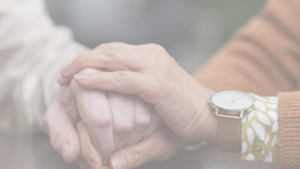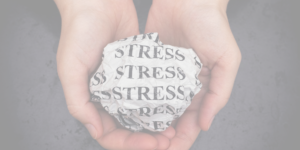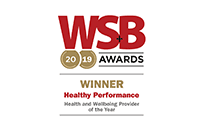A lot of us would have experienced the feeling. That unmistakable soreness the day after that 1st gym session or run, or even from getting out into the garden to rip out a few weeds. This is called Delayed Onset Muscle Soreness, or DOMS. But what exactly is it?
Firstly, scientists are not entirely sure what causes DOMS. It was previously thought of to occur from the lactic acid that builds up when we are performing high-intensity movements, but this has been proven to not be the case.
Researchers now lean towards the theory that DOMS develops as a result of micro-tears, or damage, in the muscle fibres as a result of exercise or physical activity.
It is more commonly caused by eccentric muscle contractions – contractions made during the lengthening of the muscle. Think running or walking downhill, lowering a bicep curl, and jumping. It is characterised by feelings of muscle tenderness, stiffness, and a reduced range of motion, flexibility or force.
DOMS tends to elicit greater responses in those movements which we have become unaccustomed to, which is why we pull up so sore the next day from that 1st session of training after a break, even sometimes only after a week, let alone months. It generally peaks in soreness around 24-72 hours after the session but tends to not stop us from getting back out there after a day or two’s rest, and the good thing is that the repeat-bout effect of exercise generally results in less pain and soreness occurring if we regularly perform our workouts and associated movements.
So if you are heading back to the gym post-lockdown with a new exercise routine or physical activity, try some of these tips to help reduce the severity of your post-exercise stiffness.
- Gradually ease your way into a new routine. Start off slowly or with small volumes, and gradually build up and progress your volume and intensity over the course of a few sessions and weeks.
- Warm-up. This is a great injury preventer, and highly recommended still, although it tends not to reduce our feelings of DOMS, it will help in preventing more serious muscle damage such as strains which can keep you out of action for a few weeks.
- Give yourself rest periods/days off between your main workout sessions to allow for muscle recovery, growth and repair.
- Be consistent with your exercise and activity. You are better off performing 20-30mins a few times a week to begin with, than one 2-hour long session only on the weekend.
- Massage / Foam Roller: Some research suggests that these can decrease pain associated with DOMS. Try some foam rolling or other self-massage techniques at home whilst relaxing at night.
Are your workforce not as fit as they could be? Then consider a HP Get Active Campaign Workshop – designed to educate and encourage employees to become more active and ideal for employees wanting to get active, but don’t know where to start.
Many employees are in this situation and feel intimidated by gyms so we bring expertise and advice to the workplace. We cover various suggestions for getting active, staying active, and most importantly how to monitor improvements. Contact the HP Team team today to discuss how getting your employees can boost business performance.











